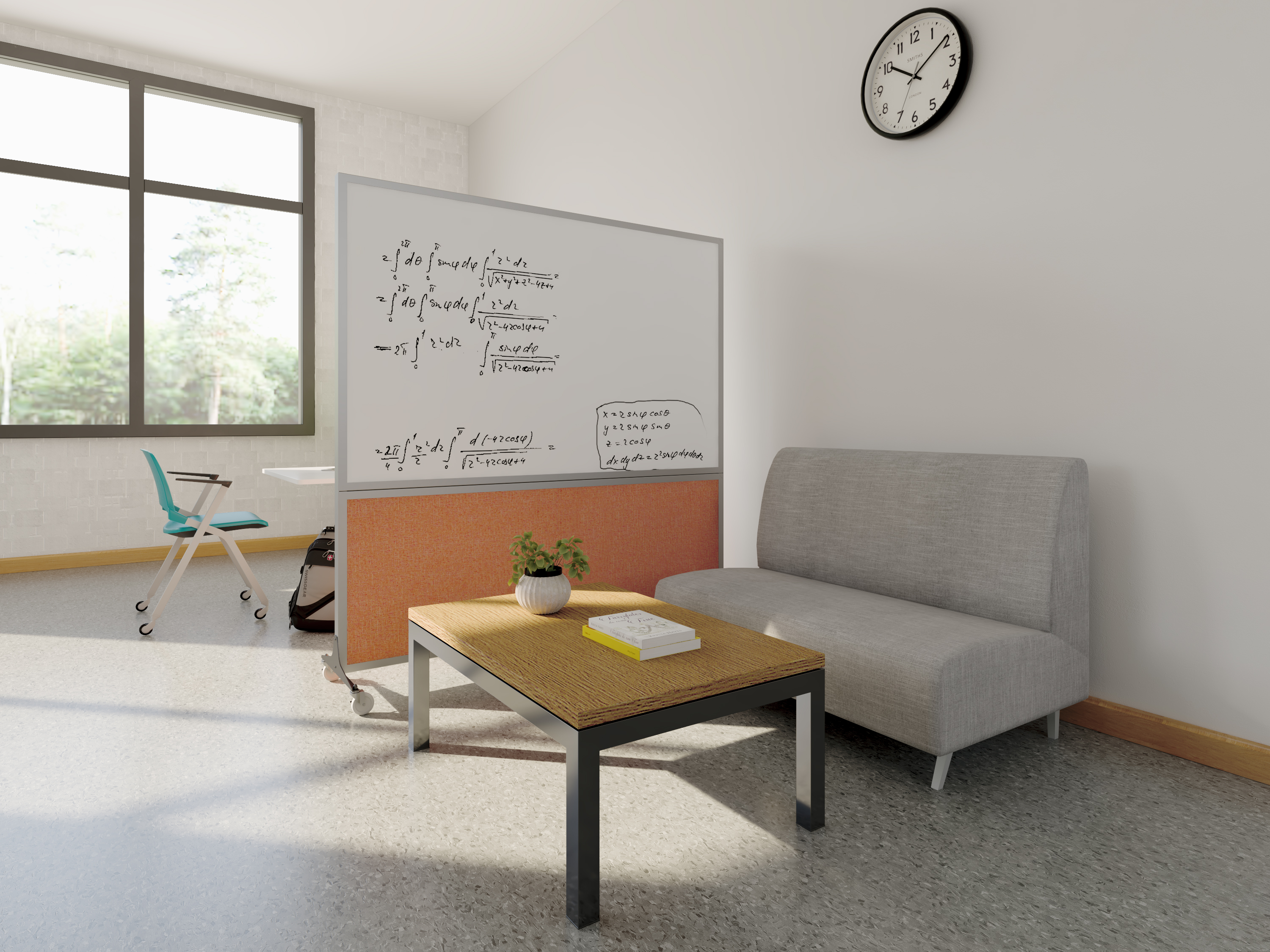
As educational paradigms shift away from traditional, 'industrial era' school models, the importance of personalized learning environments becomes increasingly evident. Educators acknowledge that students' unique learning styles and behavioral needs play a pivotal role in fostering engagement and retention.
So, how can you transform your existing classroom into a conducive space for
personalized learning?
Consider the following straightforward ideas to retrofit your environment,
promoting engagement and catering to diverse learning styles.
Streamline the Classroom Environment
Minimizing distractions and simplifying the classroom decor is crucial,
particularly for students with behavioral challenges.
Reduce Noise: Utilize carpets and acoustic panels to dampen sound and eliminate
disturbances like buzzing lights and ticking clocks. For students requiring it,
allow the use of noise-canceling headphones.
Limit Visual Distractions: Adopt a minimalist approach to classroom decor,
opting for a 'less-is-more' philosophy. Restrict the color palette to minimize
visual distractions.
Designate Specialized Areas for Different Learning Modes
Recognizing that students absorb information in varied ways, create spaces that
cater to diverse learning styles, offering reinforcement, repetition, and
reflection.
Facilitate 1-on-1 Instruction: Establish an area where teachers and support
staff can tailor lessons to individual learning styles (auditory, visual,
logical, social, physical) or where students can collaborate on specific
academic skills.
Encourage Independent Work: Introduce quiet zones for independent study using flexible workstations or room dividers, fostering an environment for focused
work and reflection.
Embrace a Student-Centered Approach in Design
Traditional, static classroom setups may not be conducive to the learning
preferences of today's students. Enhance adaptability with flexible furniture
and seating that can be rearranged for different learning activities.
Increase Adaptability: Incorporate flexible furniture and seating arrangements
that can be easily adjusted for various learning engagements.
Define Activity Areas: Establish clearly defined areas or learning centers for
different activities, including spaces for group projects and quiet zones.
Foster Collaborative Spaces: Collaboration spaces contribute to social-emotional learning and the development of essential life skills such as communication, problem-solving, compromise, and sharing.
Create Collaborative Workspaces: Designate areas for group discussions or
collaborative work, complete with movable whiteboards, tables for note-taking,
rolling cabinets, and comfortable seating.
Are you looking to adapt your classroom and personalize learning? Versare New
Zealand offers solutions to help you create the ideal learning space within
your existing environment, including room dividers, mobile whiteboards,
configurable workstations, and modular wall panels.
 New Zealand Dollar
New Zealand Dollar

